Perched on the hills above the Vjosa lagoon, Bylis Archeological Park is one of the most impressive and historically rich sites in Albania. Once a thriving Illyrian city, Bylis offers visitors a rare glimpse into centuries of architectural brilliance, cultural development, and natural beauty — all in one destination.
Whether you’re a history lover, a curious traveler, or an adventurer seeking hidden gems, Bylis will leave you in awe with its ancient theatre, temples, basilicas, and panoramic views over southern Albania.
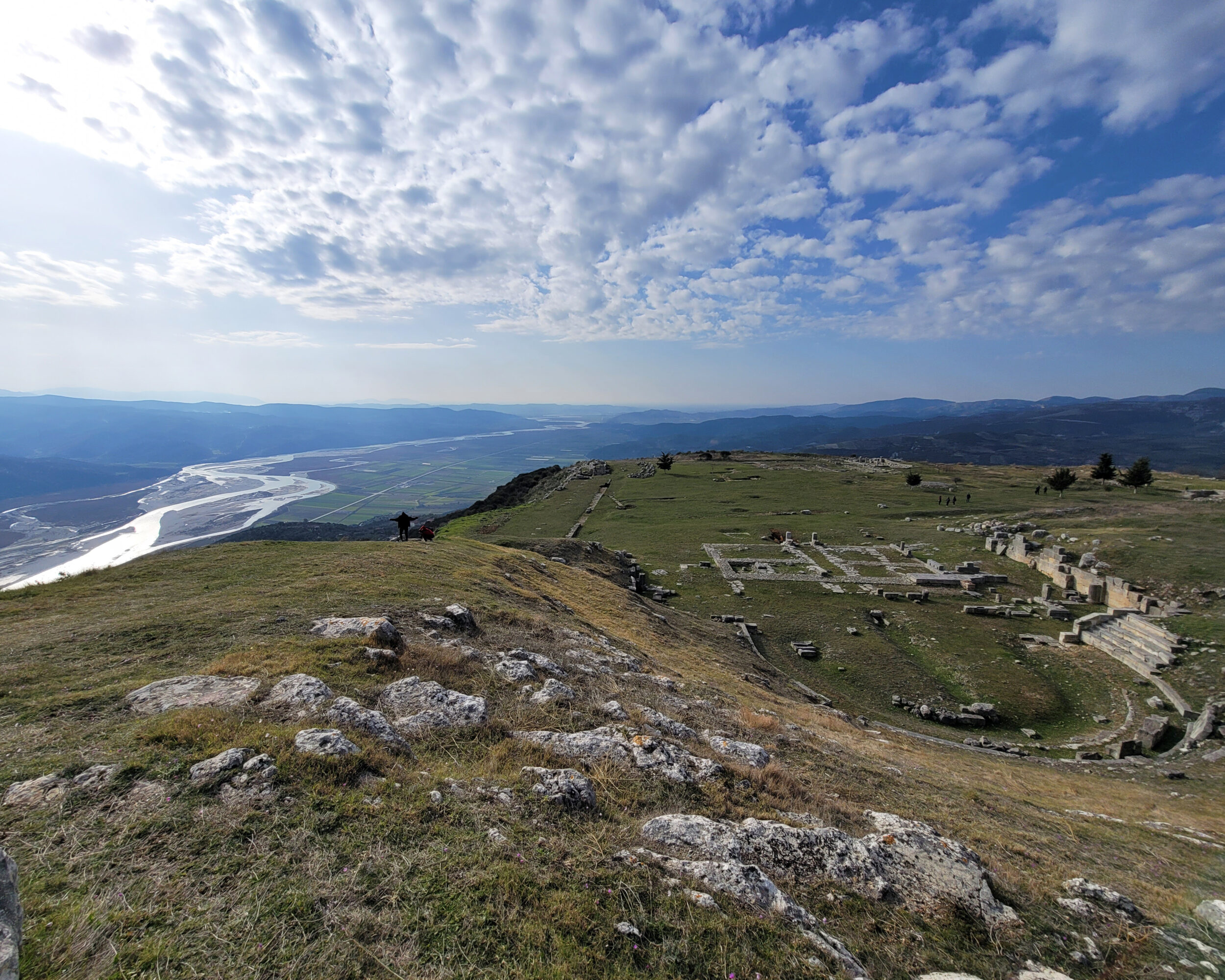
Where Is Bylis Archeological Park?
Bylis is located near Hekal village in the Mallakastër district. It lies just 9 km off the Tirana–Gjirokastër national road. Once you reach the designated parking area, prepare for a 25-minute scenic walk to the entrance of the archaeological site.
This slightly remote location has helped preserve the park’s atmosphere, allowing visitors to fully immerse themselves in its timeless surroundings.

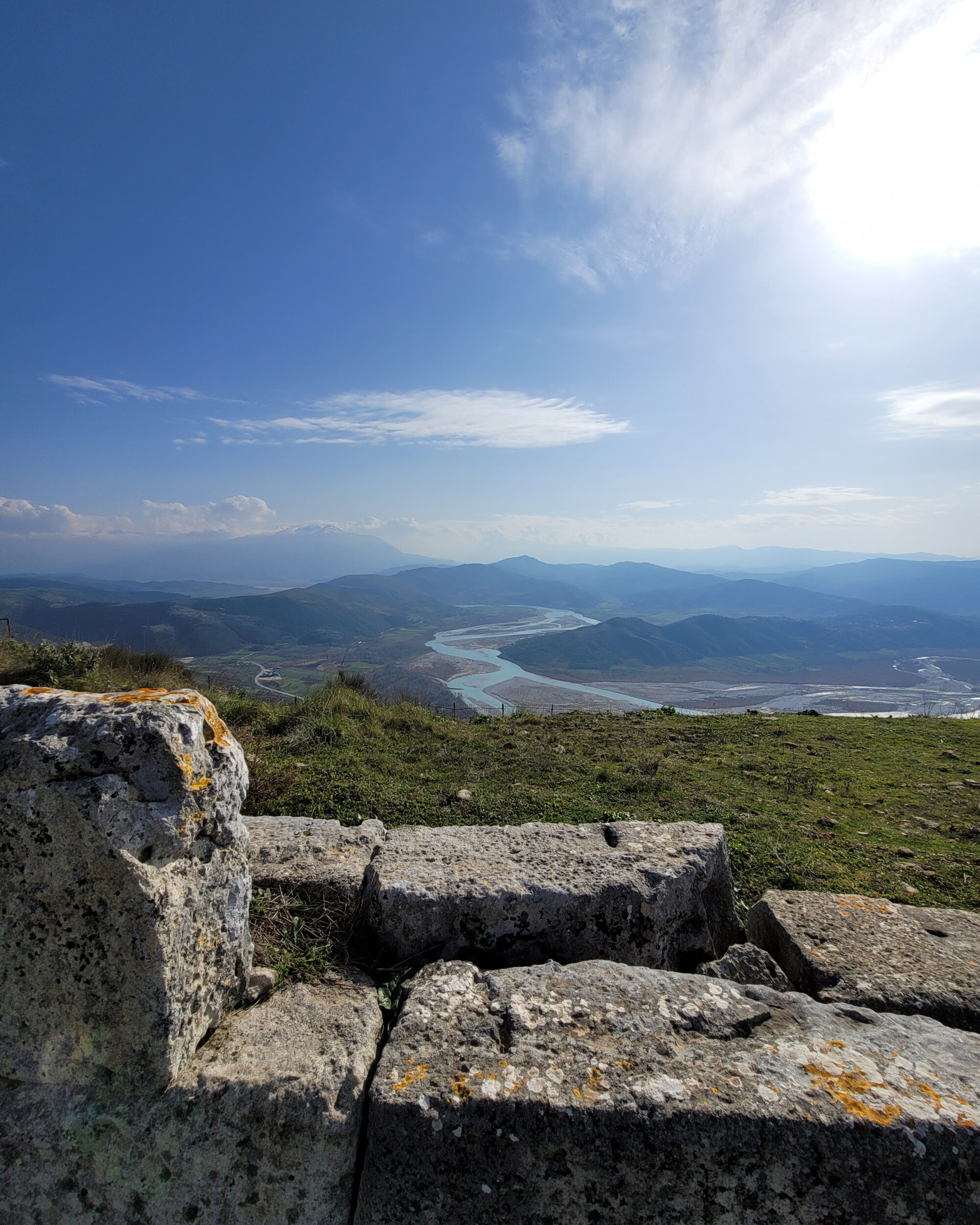

Ancient History Carved in Stone
Bylis was first mentioned in historical records in 49–48 BC, when it was conquered by Julius Caesar. Later, Cicero informed the Roman Senate of the city’s fall into the hands of Mark Antony.
Archaeological evidence suggests that the city was founded around 380–350 BC, which corresponds to the construction techniques of its fortified walls and nearby burial sites. By the 3rd century BC, Bylis had flourished into a contemporary city, featuring major structures such as:
- Cisterns – A clever rainwater collection system, reaching depths of up to 6 meters.
- Theatre – With a capacity of 7,500 spectators, it was the second-largest ancient theatre in Albania after Apollonia’s.
- Basilicas and Cathedral – Showcasing the city’s growth under Roman influence, including five basilicas, a cathedral, and a bishop’s complex.
- Agora and Arsenal – The civic heart of the city, including the closed, windowless arsenal with octagonal columns.
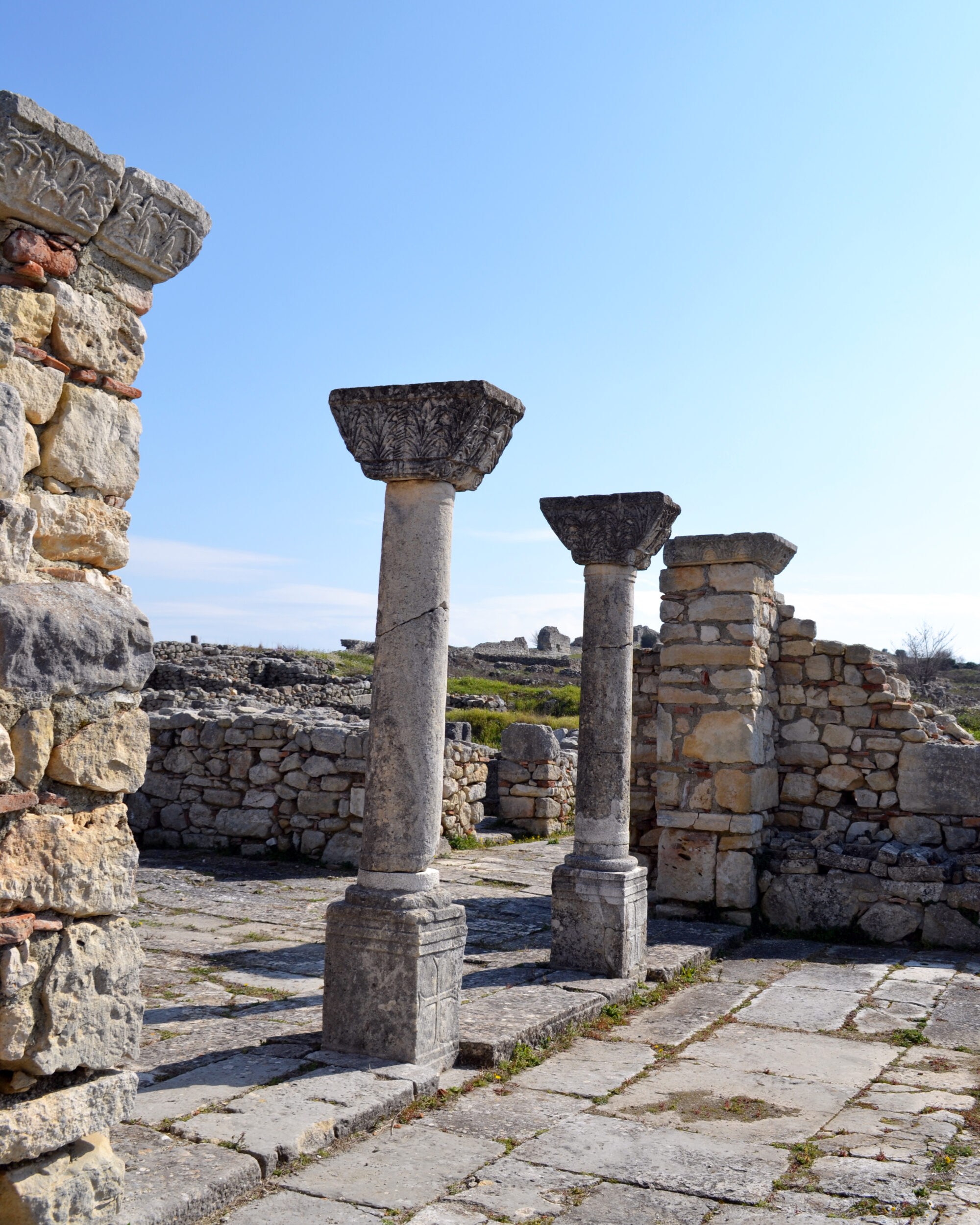

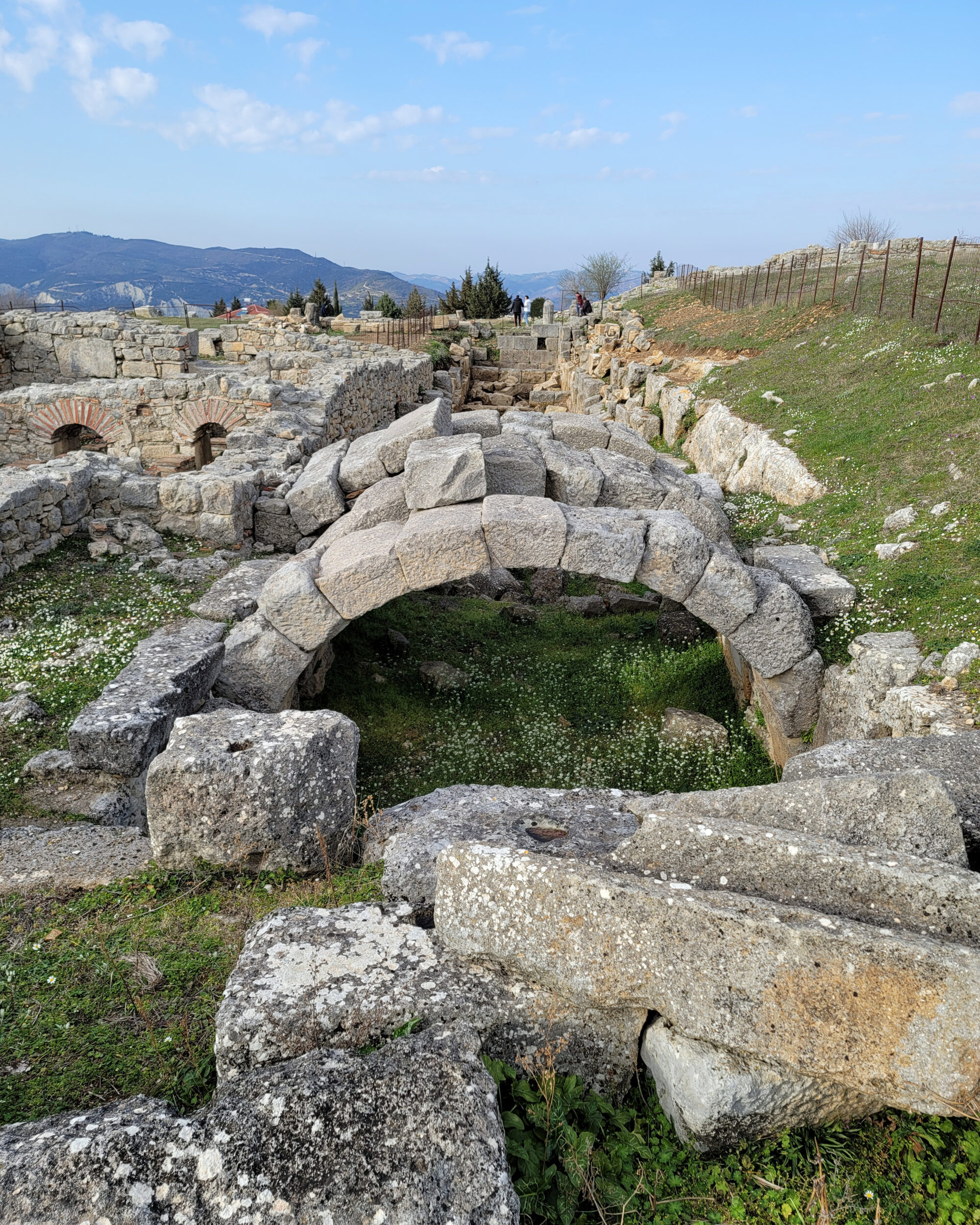
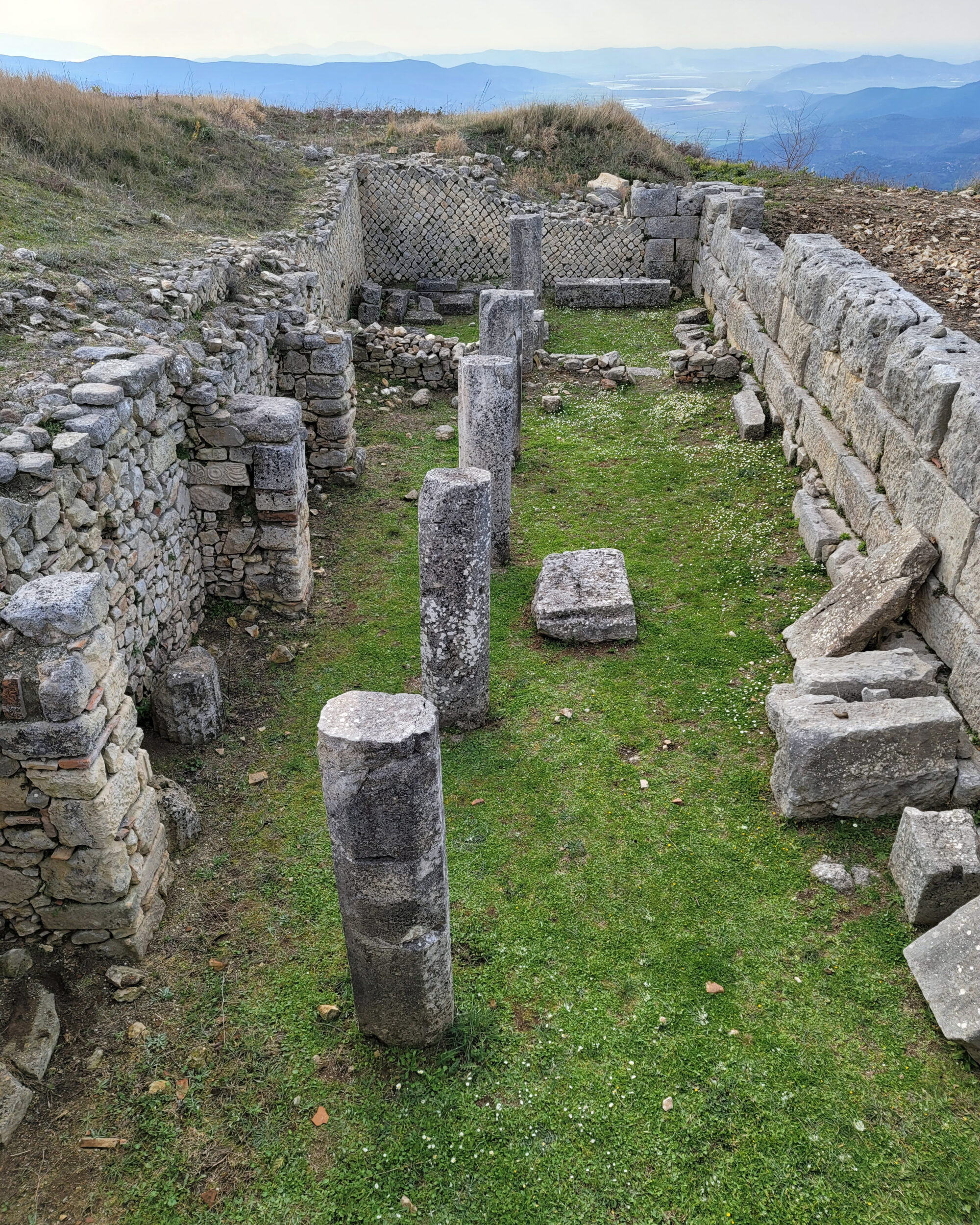

A View Like No Other
What makes Bylis truly stand out from other classical cities is its unmatched position. Situated atop the Mallakastër hills, the park offers panoramic views over the Vjosa lagoon and the surrounding landscapes.
Here, history and nature blend harmoniously — making it a destination that nourishes both the mind and the soul.

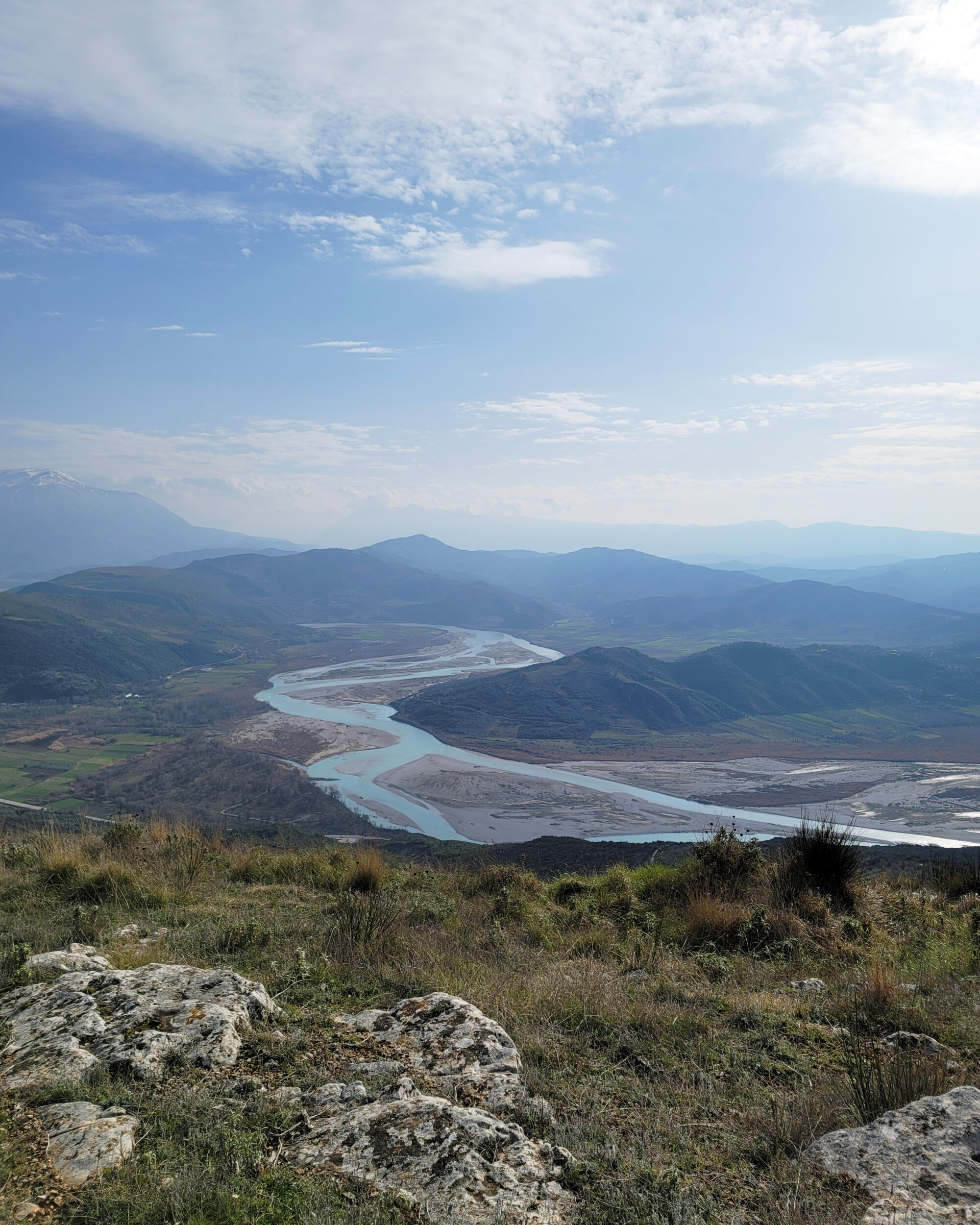
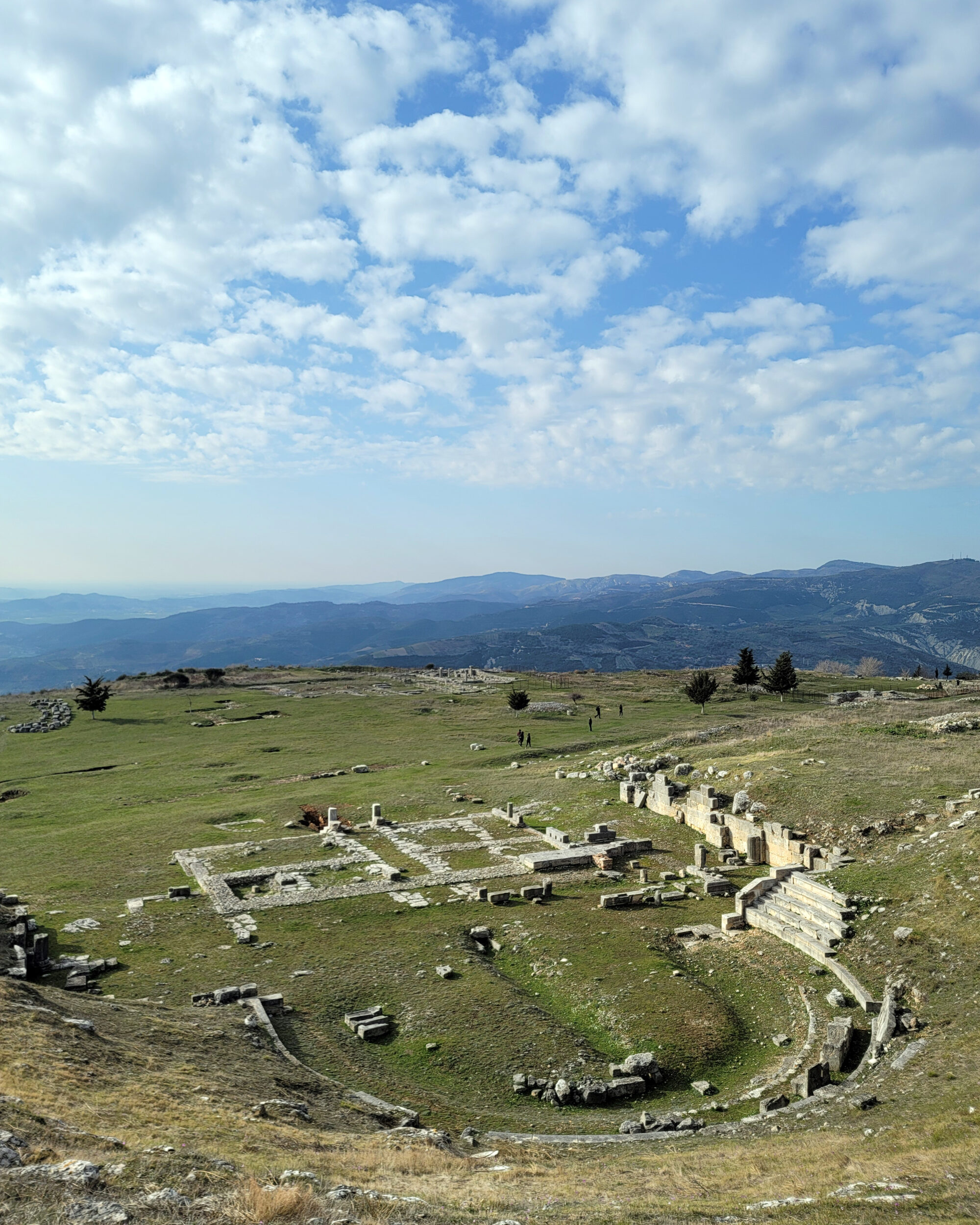

“ Hey Foreigner, Do Not Turn Away…”
One of the most poetic inscriptions discovered in Bylis reads:
“Hey foreigner, do not turn your gaze away from the beauty of Bylis, whose ruined walls were once rebuilt by the brave Victorinus.”
This ancient message once engraved near Gate No.6 evokes the city’s former glory and invites every traveler to admire its enduring beauty. Three original blocks from this inscription are preserved in the National Archaeological Museum of Tirana.
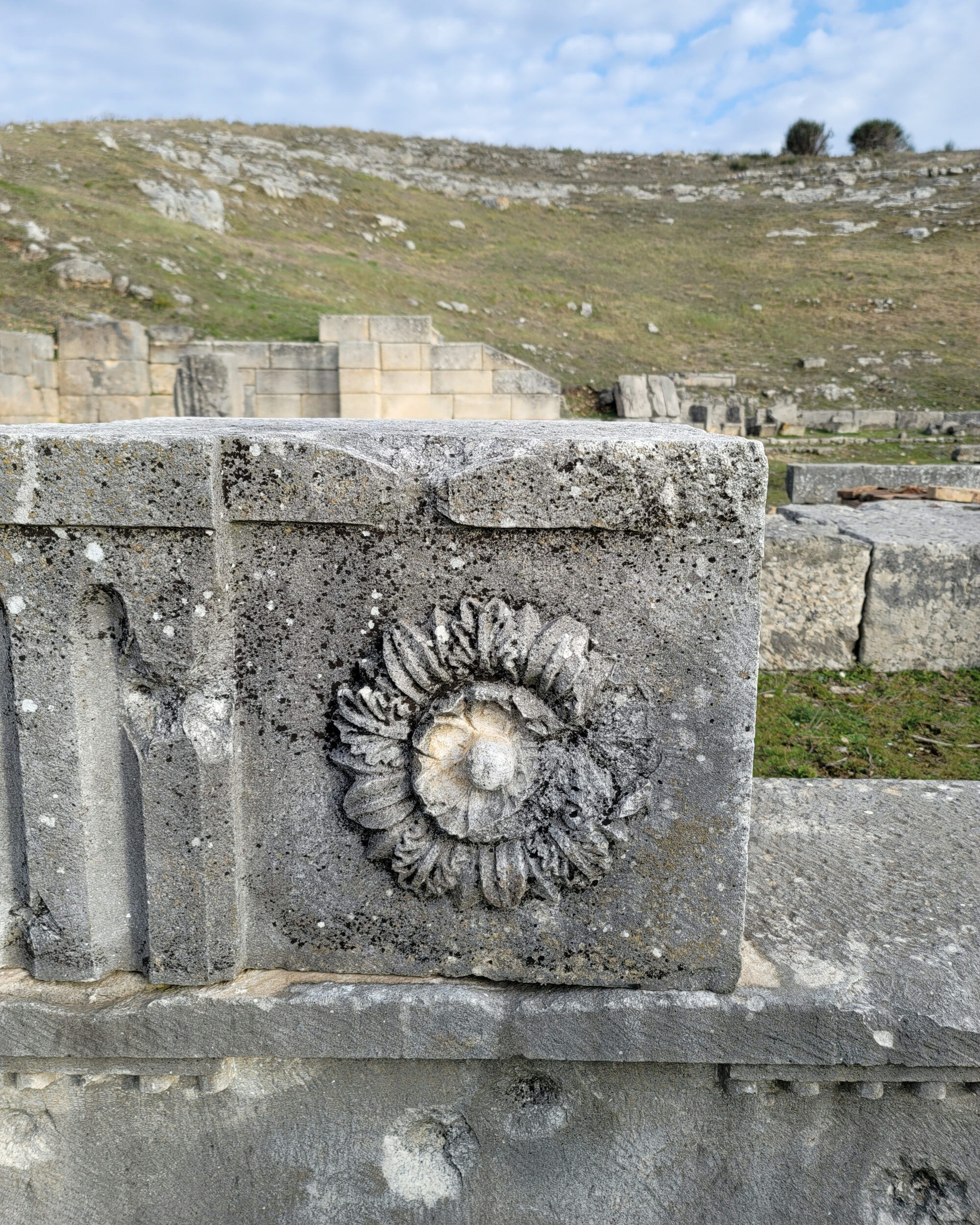
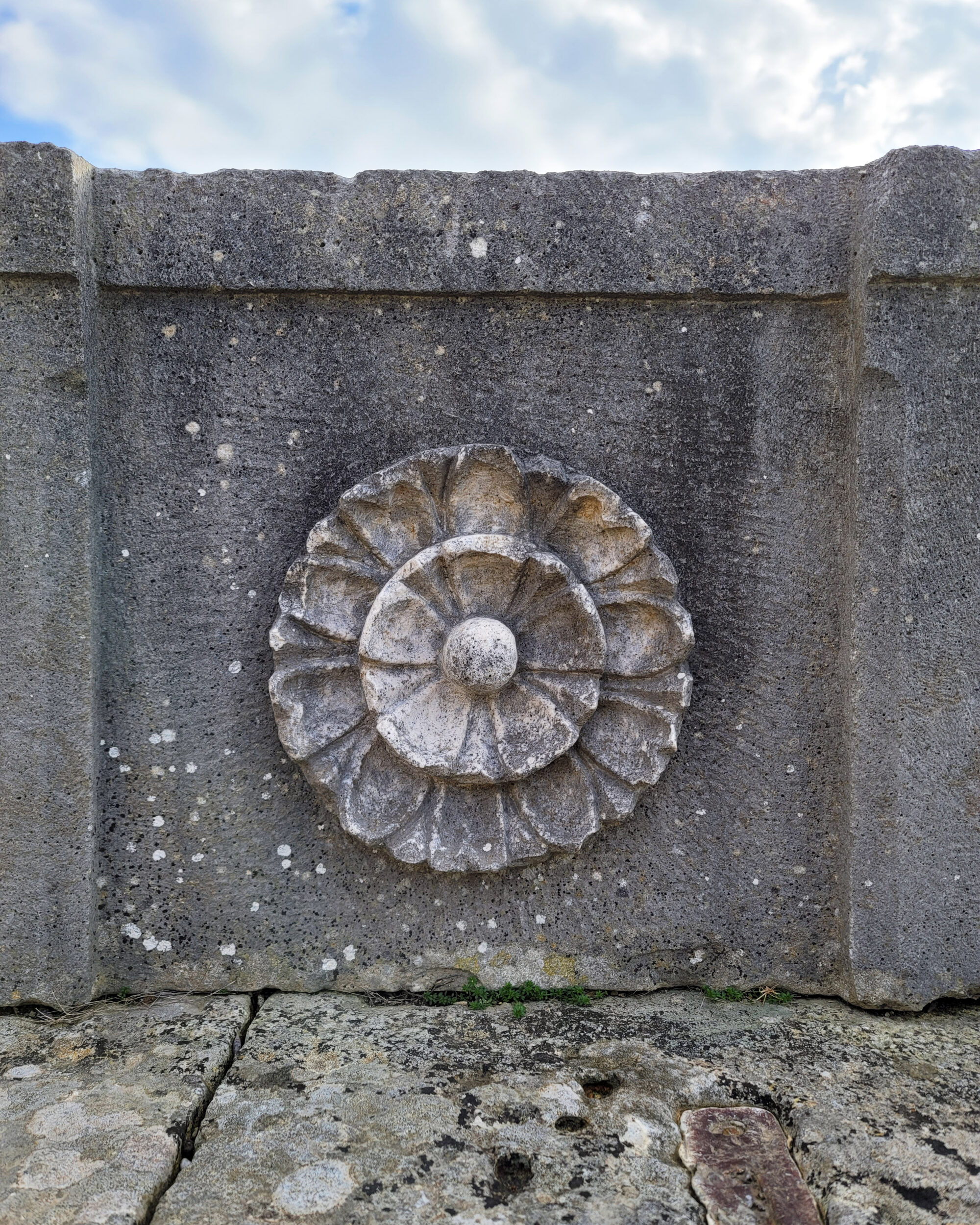
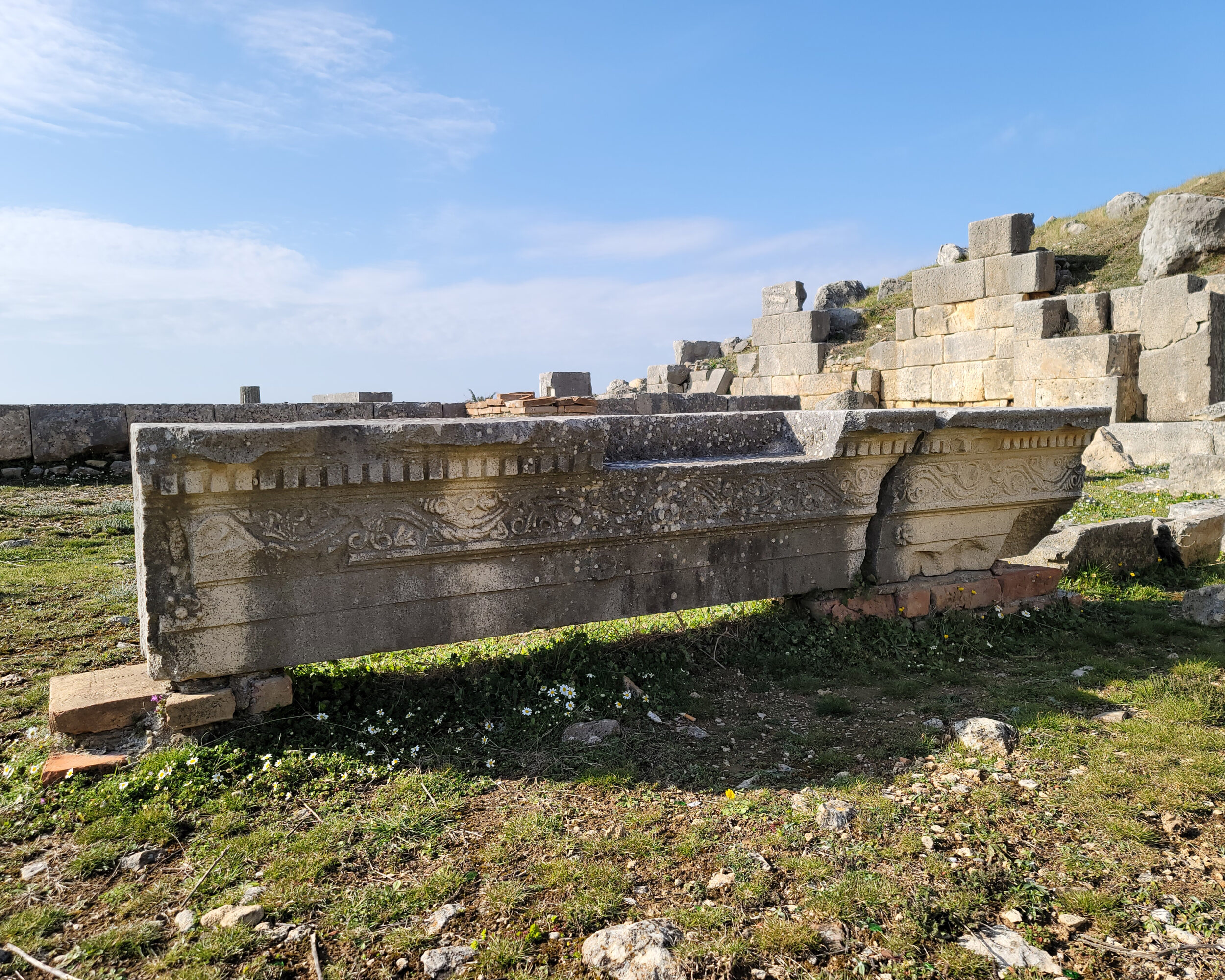
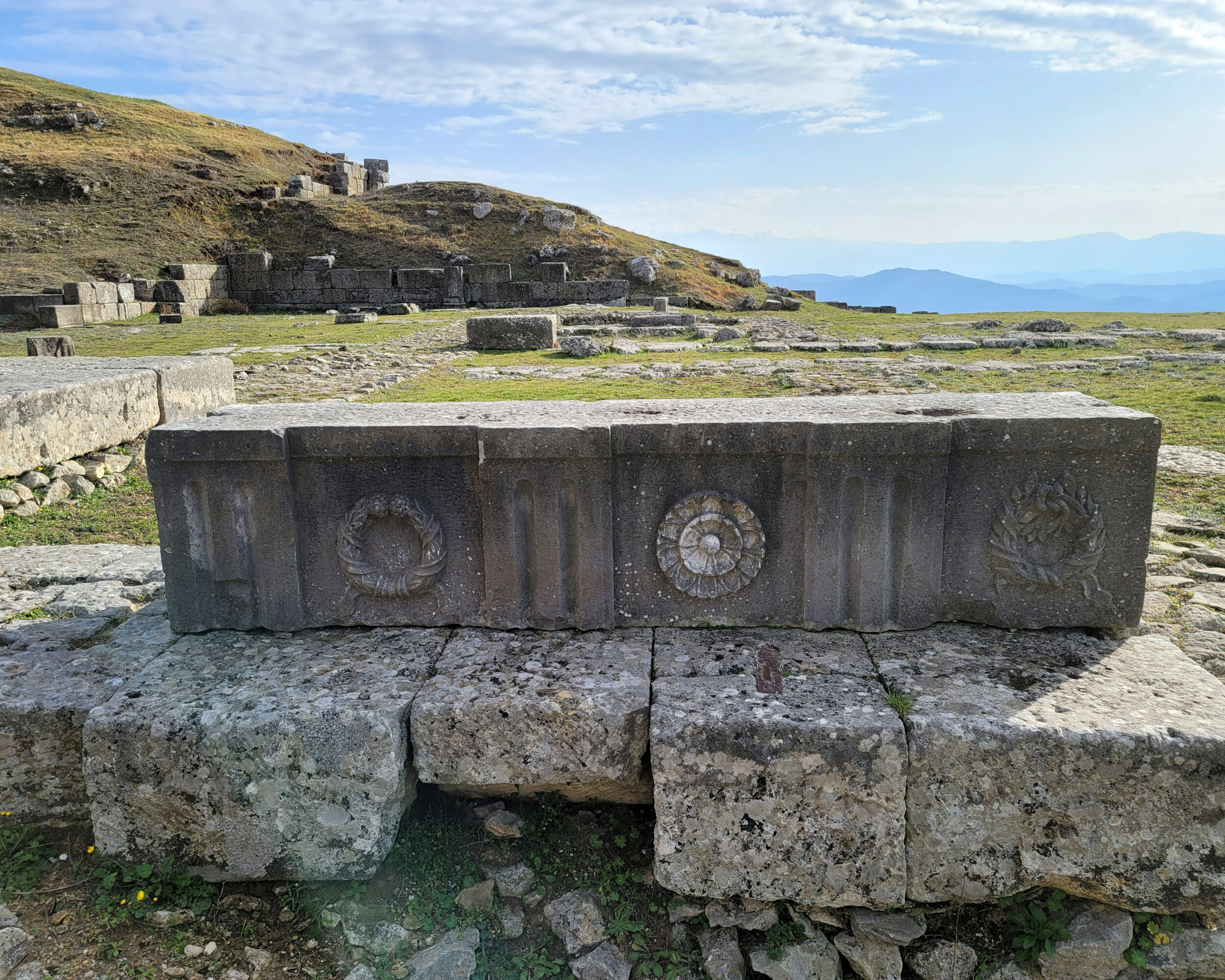
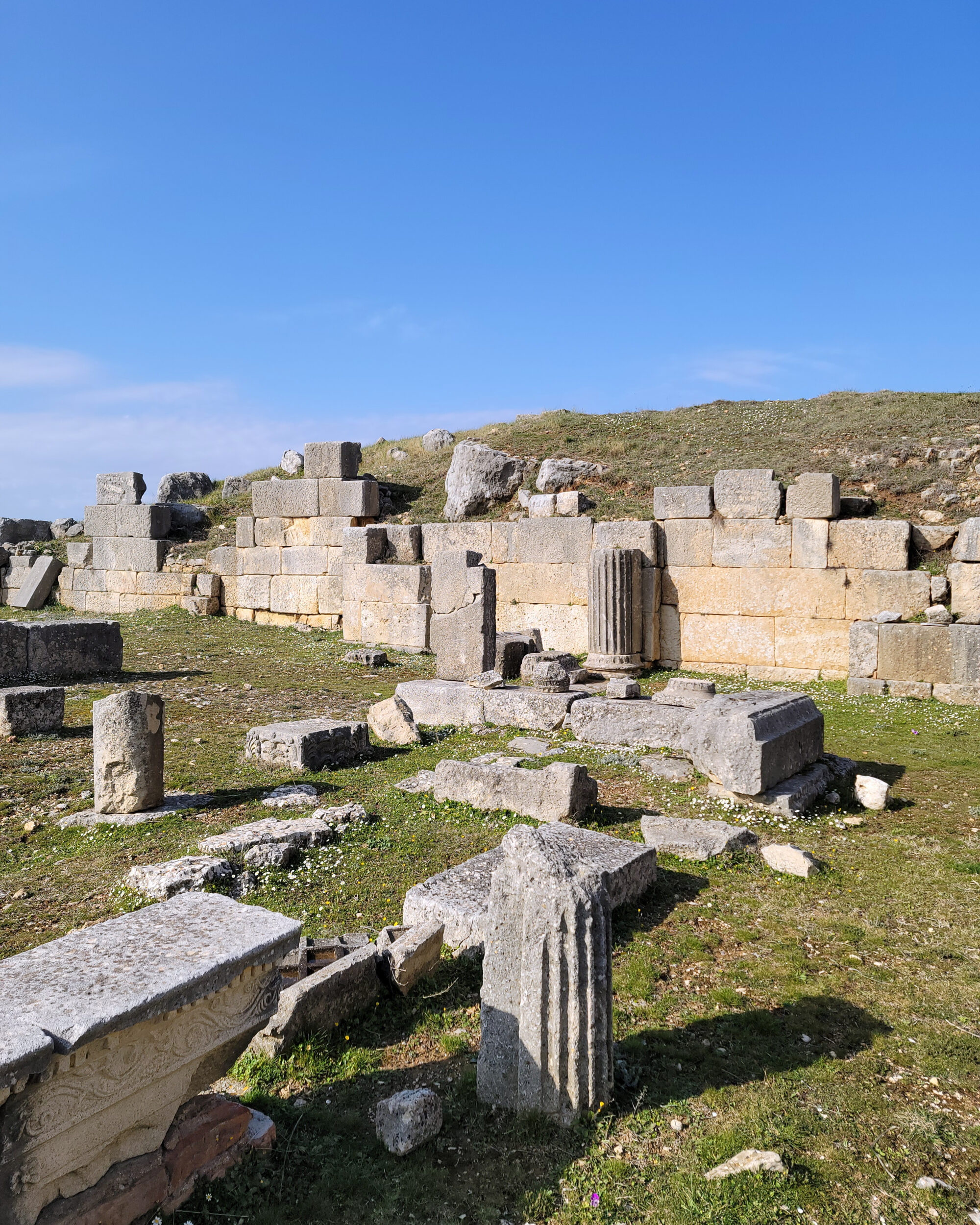
Free Entry Days – When to Visit for Free
Thanks to the Ministry of Culture of Albania, visitors can enter Bylis Archeological Park for free on specific cultural and national holidays. These days are:
| Date | Occasion |
|---|---|
| April 18 | International Day for Monuments and World Heritage Day |
| May 18 | International Museum Day |
| May 21 | World Day for Cultural Diversity for Dialogue and Development |
| September 29 | National and European Cultural Heritage Day |
| November 28 | Albanian Independence Day (only for Albanian citizens) |
| November 29 | Liberation Day (only for Albanian citizens) |
| Last Sunday of Each Month | (only for Albanian citizens) |
These days are perfect for planning a free cultural getaway with friends, family, or even solo.
Why You Should Visit Bylis Archeological Park
- Deep historical roots from the Illyrian to Roman era
- Breathtaking landscapes over hills and lagoons
- Unique monuments like the theatre, basilicas, and agora
- Authentic inscriptions and cultural relics
- Free entry days throughout the year
Whether you’re looking to explore Albania’s hidden history, enjoy a peaceful day in nature, or capture unforgettable photos, Bylis Archeological Park will not disappoint.
For those eager to explore more of Albania’s ancient civilizations, don’t miss the Antigonea Archaeological Park – the ancient city built out of love.



